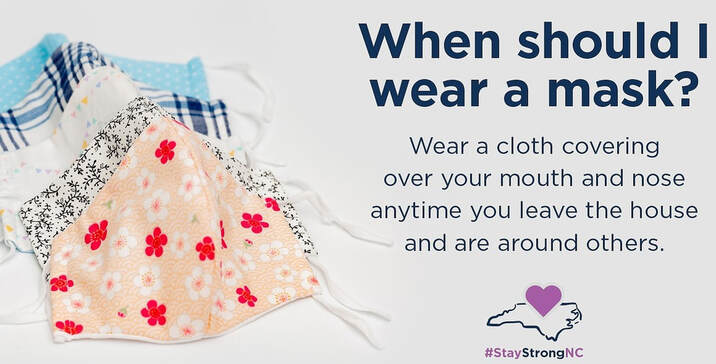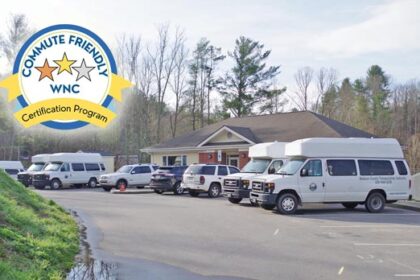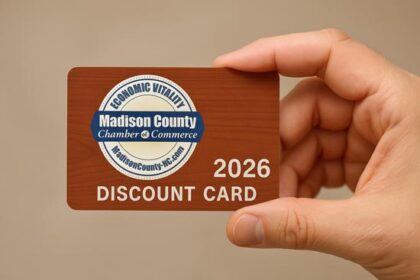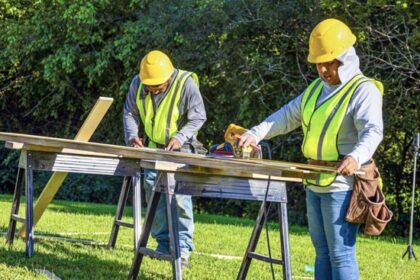 You can help slow the spread of COVID-19.
You can help slow the spread of COVID-19.
Wear a cloth face covering. Wait 6 feet apart from others. Wash your hands.
With more North Carolinians leaving their homes as we ease restrictions, the risk for COVID-19 exposure and infection increases. We have important goals: to protect our families, friends and neighbors from getting seriously ill, to restore our economy and get people back to work, and to get our children back to school. To attain these goals, we must remain vigilant and continue to work together to combat the spread of COVID-19.
Over the past few months, we have learned a lot about COVID-19 transmission. We know now that people who are infected, but do not have symptoms, can infect others by spreading respiratory droplets through activities like speaking, coughing, laughing, and singing.
New scientific evidence suggests that public use of face coverings can help reduce disease transmission. Face coverings are not a substitute for other important prevention practices and should be used in addition to staying 6 feet apart, washing hands, and staying home when ill.
Guidance for Wearing Masks
People must wear face coverings when in public places, indoor or outdoor, where physical distancing of six (6) feet from other people who are not members of the same household or residence is not possible. These settings include, but are not limited to:
- Inside of, or in line to enter, any indoor public space, including public schools;
- Waiting for or riding on public and private multi person transportation, including but not limited to buses, taxis, ride sharing, private care service, vans;
- Engaged in work, whether at the workplace or performing work off-site, when they are or may be within six (6) feet of other people, including working in or walking through common areas, such as lobbies, hallways, stairways, elevators, and parking facilities;
- Obtaining services in a healthcare setting;
- While outdoors in public spaces when maintaining a physical distance of 6 feet from persons who are not members of the same household or residence is not feasible.
Guidance for Businesses
Certain businesses are required to have patrons and employees wear face coverings whether they are inside or outside when they are or may be within six (6) feet of another person, or unless an exception applies. Specific occupational settings, including health care settings, should continue to follow existing protocols and require surgical or procedure masks or N95 respirators, as indicated. These businesses must follow the requirements for face coverings as described in Executive Order 147. These businesses, to the extent they are open are:
- Retail Businesses;
- Restaurants
- Personal Care, Grooming, and Tattoo Businesses;
- Child Care Facilities, Day Camps, and Overnight Camps;
- Gyms, Exercise Facilities, and Fitness Facilities,
- State Government Cabinet Agencies;
- Transportation;
- High-Density Occupational Settings Where Social Distancing is Difficult, including manufacturing settings, construction sites, and migrant farm or other farm settings;
- Meat or Poultry Processing Plants(new surgical mask requirement);
- Long Term Care Facilities (new surgical mask requirement);
- Other Health Care Settings (ongoing adherence to CDC guidance)
Exceptions
Face Coverings do not need to be worn by an individual, worker, customer, or patron who:
1. Has a medical or behavioral condition or disability and cannot wear a face covering (including, but not limited to, any person who has trouble breathing, or is unconscious or incapacitated, or is otherwise unable to put on or remove the face covering without assistance);
2. Is under eleven (11) years of age;
3. Is actively eating or drinking;
4. Is strenuously exercising or swimming;
5. Is seeking to communicate with someone who is hearing-impaired in a way that requires the mouth to be visible;
6. Is giving a speech for a broadcast or to an audience;
7. Is working at home or alone in a vehicle;
8. Is temporarily removing his or her Face Covering to secure government or medical services or for identification purposes;
9. Would be at risk from wearing a Face Covering at work, as determined by local, state, or federal regulators or workplace safety guidelines;
10. Has found that his or her Face Covering is impeding visibility to operate equipment or a vehicle; or
11. Is a child whose parent, guardian, or responsible person has been unable to place the Face Covering safely on the child’s face.
12. Children under two (2) years of age should not wear a face covering.
Remember, wearing a cloth face covering protects your family, friends, and neighbors. Stay strong, stay safe!









